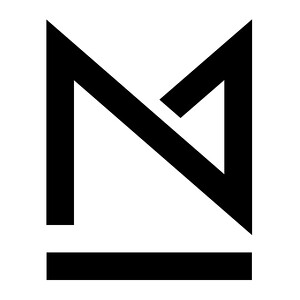Once Upon A Time: Hadiqat Al Umma
March 4–May 6, 2017
Maraya Art Centre is pleased to announce its upcoming exhibition featuring the works of renowned Iraqi artist Sadik Kwaish Alfraji titled Once Upon A Time: Hadiqat Al Umma. The exhibition will present a panoramic multi-media video installation, and is curated by Laura Metzler & Dr. Alexandra MacGilp. It will open on March 4 and run until May 6, 2017.
In this exhibition, Alfraji revives his childhood experience of Hadiqat Al Umma ”Nation’s Park” in Baghdad. Built in the 1930s, the public space was surrounded by music and photography shops, cinemas, theatres, restaurants, cafes and popular markets making it the heart of the community’s social activities. The park was neglected over time and this project pulls from the artist’s vivid memory and recollections of its plants and fountains to evoke the nostalgia and sentimentality of his childhood.
Born in Baghdad, Iraq in 1960, Sadik Alfraji lives and works in Amersfoort, The Netherlands. He received a Bachelor of Fine Art in Painting and Plastic Art from the Academy of Fine Arts, Baghdad in 1987 and a High Diploma in Graphic Design from CHK Constantijn Huygens, Netherlands in 2000.
Alfraji’s reimagines the park-goers and brings them to life in a black and white animation made from over 14,000 drawings, displayed across nine projectors that fully immerse the viewer. This installation will stir memories and emotions, conjuring the landmark park that lives in the memory of generations of Iraqis, also incorporating imagery from the work of national icons Jawad Salim and Faiq Hassan that are found within the garden itself and in the core of Iraqi cultural identity. The recreation of the collective experience of this park in the 1970’s belongs to Alfraji’s larger exploration of the loss, fragmentation and lapses in time that underline exile and the work is the second in his series following his iconic work Once Upon a Time: The House That My Father Built.
In his art, Alfraji explores what he describes as “the problem of existence” through drawings, paintings, video animations, art books, graphic art, and installation. The shadowy protagonist who occupies his interdisciplinary works represents a black void, a filter that allows him to explore the intricacies of navigating the precarious nature of modern existence. By rendering his solitary figure as a charcoal-coloured silhouette and minimising the formal properties of his compositions, Alfraji captures the expressed movement and subtle inflections of the body in psychologically laden environments. The artist often records his own narrative in black and white depictions of his recurring character, particularly the loss, fragmentation, and lapses in time that underline his experience of exile.
To Alfraji, Hadiqat Al Ummah is not merely a park in Central Baghdad, he describes it as “The gateway to realms of love, dreams and imagination that molded my childhood.”
He also adds “I used to pass by the park, a happy child with my father filled with awe at the Revolution murals by Faiq Hassan and the freedom statue of Jawad Salim. I was constantly entertained by the film posters, and restaurants and cafes around me. I still remember the smell of the trees that took over me, along with the sounds of the water fountains mixed with the sounds of the street vendors, and the songs in the background, and the many whispers around me.”
Commenting on this exciting new exhibition, Giuseppe Moscatello, Director of Maraya Art Centre said: “This exhibition documents an important moment in the recent history of Iraq, that has recently witnessed the destruction of its historical landmarks. The works of Sadik Kwaish Alfraji serve as important visual documentation of memory and nostalgia, and how it corresponds with the reality of the present.”
He also added: “This exhibition is an extension of our appreciation of the contributions made by generations of great Iraqi artists and the creative community both in Iraq and the diaspora.“
The works have been commissioned by Barjeel Art Foundation, and the exhibition is generously supported by Ayyam Gallery.


